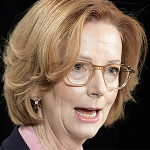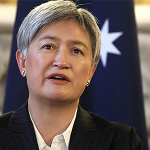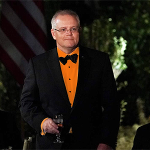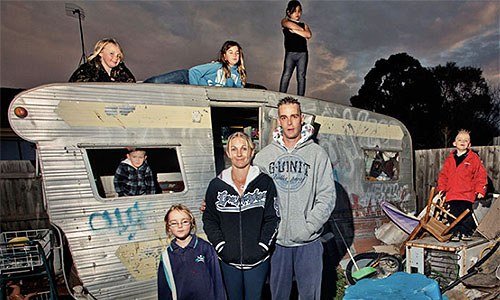The New South Wales Budget tabled this week completes the series of 2024-25 budgets from the larger states and the federal government – and the reading has not been pretty.
The one exception has been Western Australia, brimming with revenue from mining royalties and its sweet deal with the federal government to protect its share of GST revenue from the erosion that would otherwise result from the normal grants distribution methodology.
The NSW government rightly complains the GST distribution has dealt it a bad hand, but this is largely a cover for its own failure to bring its budget under control after the excesses of the pandemic years.
The reality is that although GST revenue flowing to NSW has been revised down, total revenue has been revised up – and expenditure even more so.
If we take the last full pre-pandemic year (2018-19) as the base year and allow for inflation and population growth since then, expenditure in 2024-25 will still be far above the trend line. Some of the abnormally high expenditures of the pandemic years – which should have been washed out of the system by now – has become locked into the ongoing spending base.
It has become de rigueur for states and territories to budget for operating surpluses in the latter years of the four-year forward estimates period even if their budget year is in deficit. Even Victoria and Queensland managed that, but it says a lot about the budget woes of NSW that it is projecting sizeable operating deficits every year out to 2027-28 and even larger total fiscal deficits after the huge infrastructure program is taken into account.
Public sector borrowing in NSW is almost as high as in Victoria, albeit relative to a larger revenue base.
The federal, state, and territory governments face a huge task in restoring fiscal discipline and show little sign of tackling it in this year’s budgets.
Robert Carling is a Senior Fellow at the Centre for Independent Studies and a former IMF, World Bank and federal and state Treasury economist.









